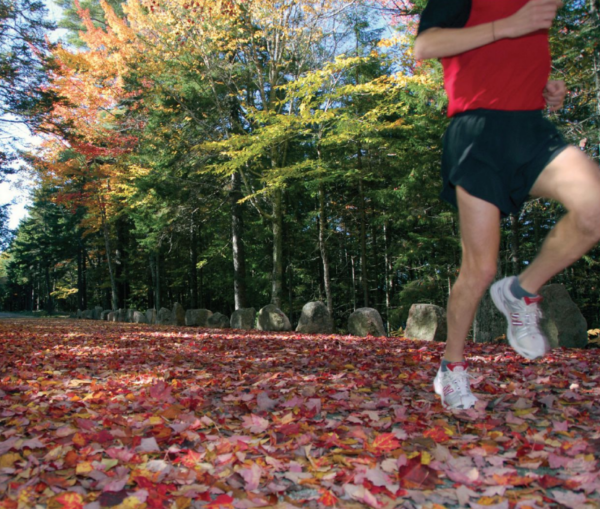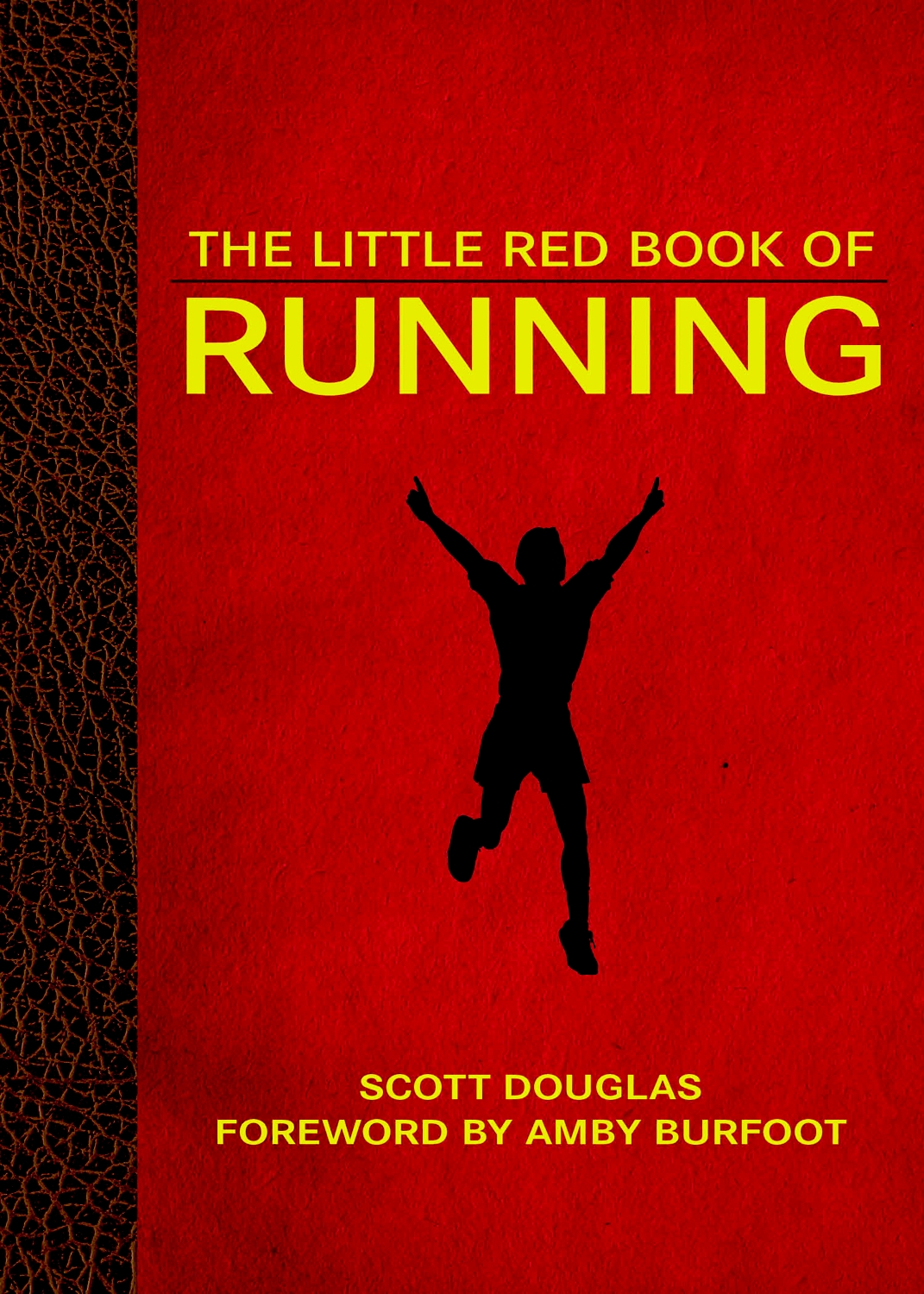Slow down. Most people who feel stuck at a certain level of running are simply running too many of their runs too fast.
Try this thought experiment: Let’s say you want to tack on an additional 15 minutes to most of your daily runs. Would you be able to do so by doing your normal run and then sprinting for 15 minutes? No. Would you be able to do so by doing your normal run and then walking for 15 minutes? Of course. Would you be able to do so by doing your normal run and then continuing on at that pace for 15 minutes? Probably, but it would be difficult, and if you tried to do it every time you ran, you’d either start to be unable to hold the pace or you wouldn’t even try because every run would have become too much of a challenge. So the right pace in this scenario is somewhere between a walk and a little slower than your current normal pace.

Apply that thinking to your running as a whole when you want to run more. If you want to run more on each run, run at least the first half of the run slower than you do now. If you want to run more days per week, run each day a little slower than you have been when running fewer days per week.
The Right Effort for Running More
In saying to slow down to best be able to handle more running, I’m not talking about minutes per mile slower than normal. I mean to ease back from your usual effort level to where you have a good balance between feeling like you’re running with your normal form and feeling like your perceived effort is lower than usual. You should have the feeling of storing up energy more than slowly leaking it. As opposed to the feeling of “I could keep going at this pace if I had to, but I’d rather not, and anything much faster would be a real strain,” aim for “I could keep going at this pace for at least as long as I’ve been out, and if I had to pick it up for the next 5 minutes, I could easily handle that.”
When you’re trying to bump up your mileage, be mindful of your breathing. It should be easy and light throughout these runs. Let the duration be the limiting factor. That will be manifested more in muscular fatigue, the sign that you’re properly pushing your limits ever so slightly. If you’re breathing hard for most of the run, you’re never going to be able to run far enough to reach that desired state of muscular fatigue.
First cover the distance. Then worry about covering it faster.
When Trying to Run More, Let the Pace Come to You
The best way to be at the proper gentle effort when you’re trying to run more is to start more slowly than you think is necessary. Instead of forcing things so that you’re at the pace you “should” be by the time you’ve gone around the block, start at a trot. As your heart rate increases gradually and your muscles start to warm up from a gently increasing blood flow, you’ll naturally feel like running faster, without even having to think, “OK, now I feel ready to run faster.” Within 10 or 15 minutes, you’ll find that you’re running much faster with almost no increase in your perceived effort.
In Fact, Always Let the Pace Come to You
Even if you’re not trying to run more, start out a lot slower than you’ll be running when you finish. Easing into runs and gradually picking up the pace as feels comfortable is one of the keys to making more runs enjoyable and fruitful.
This isn’t how most of us go about it, of course. We have an idea how fast we “should” be running, and we do our damndest to get to that pace as quickly as possible. Otherwise, we think, we’re wasting our time. We think we’re almost cheating, like we’re not working hard enough to get in a real workout.
Take a Lesson from Kenyans
A few years ago I spent a month in one of Kenya’s running hotbeds. Every run I did there with Kenyans began at a glorified stumble. On the first few, I couldn’t believe how slowly we were going. And this was with some of the best runners in the world—two of the guys I did several runs with have broken 13:00 for 5K, and many of the high school students I ran with have represented Kenya in international competitions.
Inevitably, the pace quickened. But it did so organically, not because someone checked her watch a mile into the run and said, “We’re running too slow, we better pick it up.” Over the first 15 or so minutes, I could tell we were running faster, but my effort level was the same. (We were running at 8,000 feet of elevation, and I live by the ocean in Maine, so I was acutely aware throughout my trip of the effects of altitude on my perceived effort.) By the last third of the run, we would be out and out moving, with the last few minutes at close to a race level of effort.
I’m certainly not saying to finish every run at a sprint. But these runs in Kenya were a revelation: There was never a point in the run where you could say, “Ah, now it’s suddenly gotten harder.” Day after day, some of the best runners in the world let their bodies tell them when it was time to go slow and when it was time to indulge in faster running.

Strength Builds Speed
Another thing to keep in mind if you think you’re running too slowly for it to be worthwhile: Your basic aerobic fitness is the main determinant of how fast or slow feels comfortable on a typical daily run. The fitter you are, the faster will feel comfortable. And for almost everyone reading this book, the best way to advance that fitness is to run more, rather than your normal amount at a faster pace. As you get fitter through more mileage, what feels like a comfortable everyday pace will eventually become faster. By slowing a bit now while building your mileage, later you’ll be running more, and at a faster pace, than might seem conceivable now.
Scott Douglas is an experienced runner and author of several well-known running books. He is also the contributing writer for Runner’s World.
This excerpt is taken from “The Little Red Book of Running” by Scott Douglas. To buy this book, click here.




